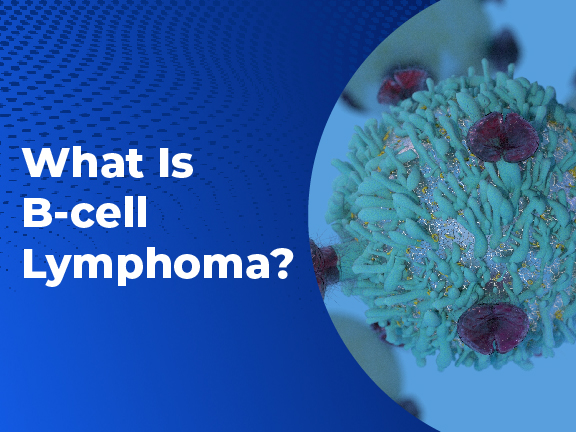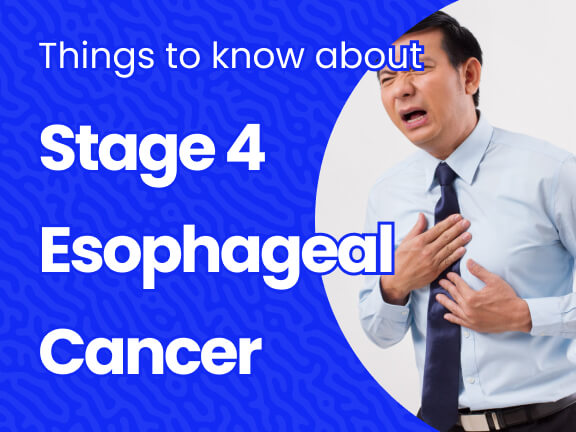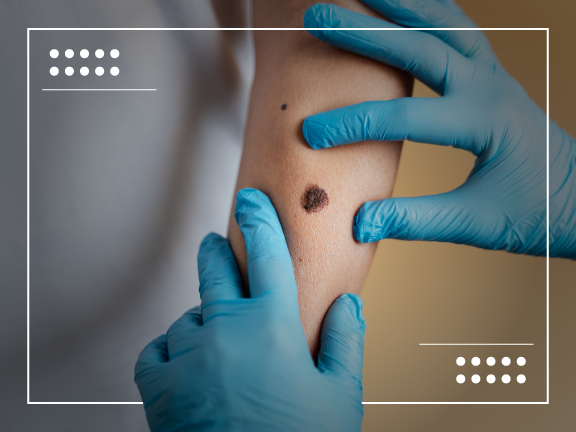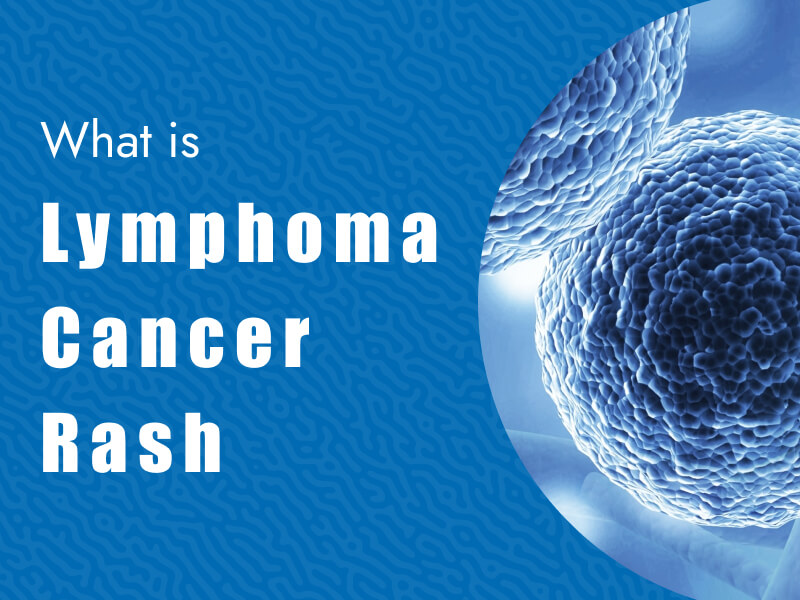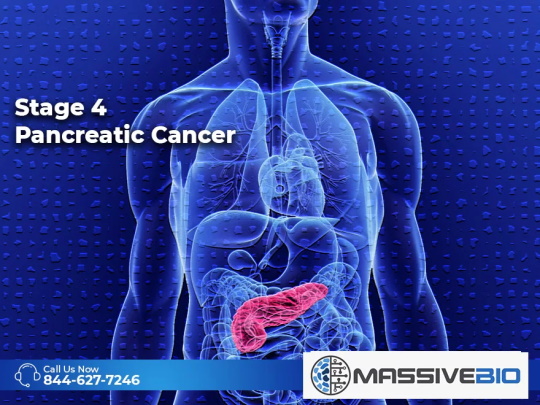Introduction
Lymphoma is a type of cancer that affects your lymphatic system, which is part of your immune system. There are many different types of lymphomas, such as B-cell lymphoma, T-cell lymphoma, and Hodgkin’s disease. There are also different types within each category: diffuse large B-cell lymphoma (DLBCL), follicular large cell (FLCC), mantle cell (MCL), small noncleaved cell (SCC) and Burkitt’s lymphoma. Lymphomas can begin in any part of the body where there are B cells.
What is B-cell lymphoma?
B-cell lymphoma is a cancer of the b-cells, which are a type of white blood cell. These cells help fight infection by producing antibodies that recognize and attack bacteria, viruses, and toxins. B-cells are found in the bone marrow and circulate through the body’s tissues to collect antigens (foreign substances) that they then present to other immune cells called T cells.
B-cell lymphomas can be divided into two main types: follicular lymphoma and diffuse large B-cell lymphoma (DLBCL). Follicular lymphomas grow very slowly but tend to spread quickly when they do grow; DLBCL grows faster than follicular lymphoma but does not spread as quickly.
B-cell lymphomas begin in the bone marrow and spread to the lymph nodes, spleen, liver, or other parts of the body. They usually start out as a lump or swelling in one or more areas that are painful when touched.
Who is at risk of developing B-cell lymphoma?
Age, ethnicity, gender, and family history all play a role in the development of B-cell lymphoma. People of Asian descent are at greater risk than Caucasians.
Women who were exposed to diethylstilbestrol (DES) during pregnancy may be at an increased risk for developing B-cell lymphoma later in life. DES is a synthetic estrogen that was prescribed from 1940 to 1971 as a way to prevent miscarriage in women pregnant with girls; it is now known that this drug can cause cancer and reproductive complications in children exposed to it before birth or during fetal development.
A family history of lymphoma or other cancers also increases an individual’s risk for developing this type of cancer.
Other risk factors include:
- Age (older than 60)
- Exposure to radiation or chemotherapy
- Human immunodeficiency virus (HIV) infection
- Transplantation of bone marrow or organ transplantation
What are the main symptoms of B-cell lymphoma?
There are a number of symptoms that can indicate B-cell lymphoma.
- Swollen lymph nodes (you may notice them in the neck, armpits or groin)
- Painless lumps under the skin (these can be small or large)
- Feeling tired or weak
- Feeling feverish and generally not feeling well
If you experience any of these symptoms, consult your GP as soon as possible for advice on what to do next.
* Feeling itchy * Feeling sick (for example, you may feel nauseated or vomit) * Experiencing pain or numbness in the arms or legs (this can be a sign that a nerve is being compressed) * Feeling breathless because there is pressure on the windpipe.
How is B-cell lymphoma diagnosed?
B-cell lymphomas are diagnosed using a combination of tests. These include:
- Blood tests to check for abnormal white blood cells, such as those found in some types of leukemia (blood cancer).
- Biopsy — taking samples of body tissue and cells for examination under a microscope. A biopsy will usually be performed on the spleen or lymph nodes.
- Lumbar puncture (also called spinal tap) — inserting a needle into your lower back to remove cerebrospinal fluid for analysis in the lab. This test can help determine whether you have an infection or inflammation in your central nervous system (brain and spinal cord), which may indicate Hodgkin’s disease or lymphoma.
How many people develop B-cell lymphoma each year?
About 85,000 new cases of B-cell lymphoma are diagnosed each year in the United States.
B-cell lymphoma is the most common type of non-Hodgkin lymphoma (NHL). NHL represents about one third of all primary adult malignant tumors and includes three major types:
- Hodgkin lymphoma (a cancer of the white blood cells)
- Non-Hodgkin lymphoma (a cancer that begins in B or T cells)
- Multiple myeloma (an overgrowth of abnormal plasma cells)
How is B-cell lymphoma treated?
Treatment for B-cell lymphoma is often similar to that of other types of leukemia. The first-line treatment for most patients is chemotherapy with or without radiation therapy. If your cancer does not respond to this treatment, you may receive second-line therapy with additional chemotherapy and sometimes targeted therapies (which use drugs to attack the cancer cells that are unique to your body).
In some cases, doctors will recommend a stem cell transplant in addition to other treatments if you have a high risk of relapse or if there are no other effective treatments available for your type of lymphoma. For example:
- A bone marrow transplant may be recommended when your doctor determines a high likelihood that you’ll need lifelong medication after receiving standard chemotherapy and radiation therapies. This may also help reduce symptoms such as fatigue and infection risk due to low white blood cell counts caused by treatment-related anemia (lack of red blood cells).
- Clinical trials might also be an option if you don’t want standard therapy but cannot tolerate any alternatives due to side effects or other health outcomes related back towards yourself living longer throughout our lives today too soon!
If I were diagnosed with b-cell lymphoma again, I would make sure to get every treatment possible for my stage of cancer. The most effective method is chemotherapy followed by radiation therapy, but there are also other treatments available depending on which type you have (low or high risk). Some people may choose an experimental drug such as Rituxan (rituximab), which targets only B-cells and doesn’t kill normal cells in the process.
Conclusion
So, we’ve covered a lot here. We’ve talked about what b-cell lymphoma is and how it presents itself in patients. We’ve talked about treatment options for each subtype of lymphoma and some of the challenges that doctors face when treating these patients. And we’ve discussed some of the newer treatments being developed for lymphomas that target specific genetic aberrations within cancer cells. In the end, though, it can be difficult to know for sure whether or not a patient has this type of cancer based on symptoms alone—and that’s why it’s important to see your doctor if you think something might be off with your health!



